The American South is known for its rich history, charming small towns, and tight-knit communities. Yet, some of these once-vibrant places have been lost to the forces of nature. Hurricanes, floods, and tornadoes have left lasting scars on the region, forcing entire towns to relocate or vanish altogether. These abandoned places tell haunting yet fascinating stories of resilience, loss, and the unstoppable power of nature. While their residents may have moved on, the memories and structures that remain serve as reminders of how quickly life can change. Here are seven Southern towns forever altered by devastating natural disasters.
1. Rodney, Mississippi
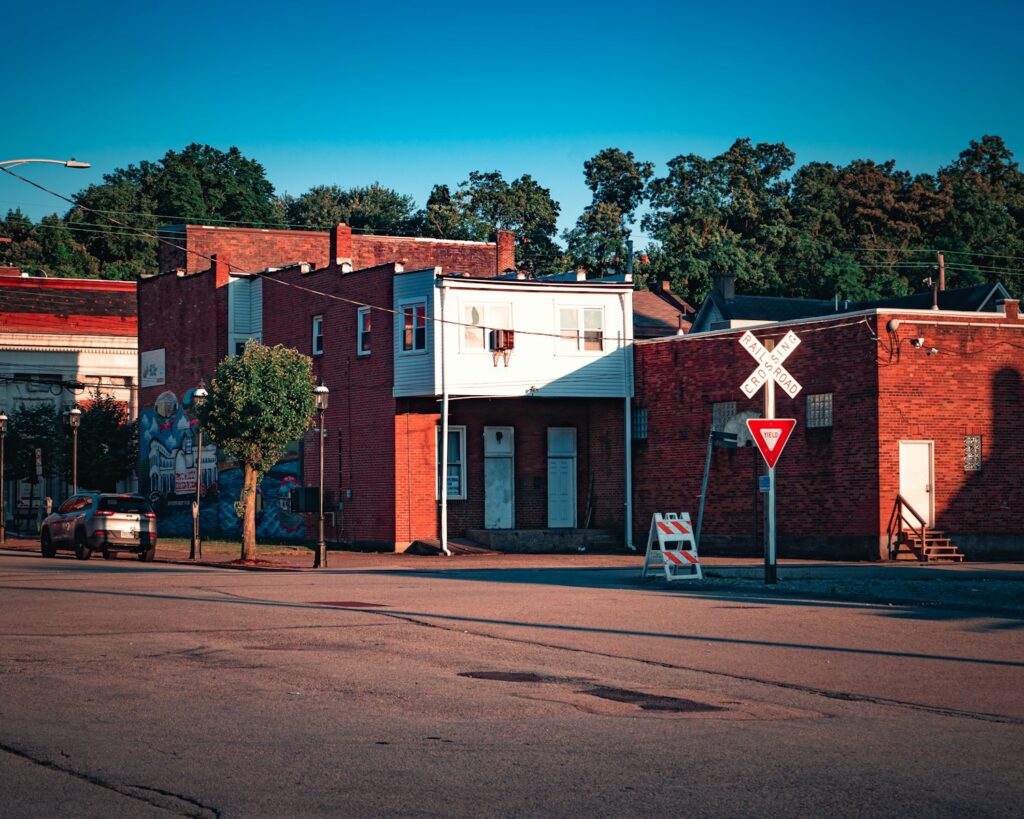
Once a bustling river town, Rodney, Mississippi, thrived during the 19th century as a key port along the Mississippi River. However, changes in the river’s course and frequent flooding gradually cut the town off from trade and transportation. After a series of devastating floods in the early 1900s, most residents left, leaving behind churches and decaying buildings as silent witnesses to their past. Today, Rodney stands as a ghost town that showcases nature’s power to reshape geography and livelihoods. The remaining structures draw curious visitors and historians eager to uncover the stories buried within their weathered walls.
2. Old Cahawba, Alabama
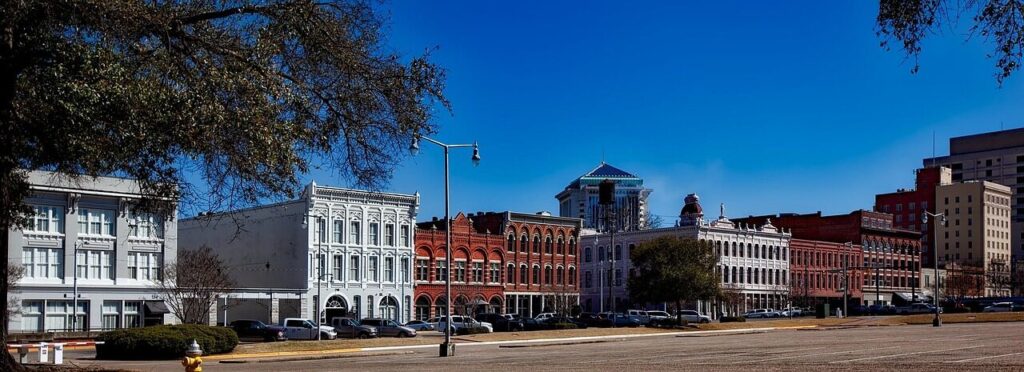
Old Cahawba once served as Alabama’s first state capital and a thriving river trade hub. Built at the confluence of the Alabama and Cahaba Rivers, its location made it prone to flooding. In the mid-1800s, repeated floods and outbreaks of disease devastated the town’s population, forcing many residents to relocate to higher ground. Eventually, the once-proud capital was abandoned, leaving behind ruins and cemeteries shaded by moss-covered trees. Today, Old Cahawba is a historical park that attracts visitors interested in exploring its eerie yet beautiful remnants, offering a glimpse into a once-bustling community swallowed by nature’s persistence.
3. St. Mary’s of Aransas, Texas

St. Mary’s of Aransas, Texas, was a thriving port town on Copano Bay, founded around 1850 by Joseph F. Smith. It became a hub for lumber, hides, cattle, cotton, and tallow, connecting inland settlements through wagon routes. During the Civil War, Union ships burned its wharves and warehouses, disrupting trade. In 1875, a devastating hurricane struck, and frequent shipwrecks on nearby reefs forced shipping lines to stop service. Later storms in 1886 and 1887 destroyed more infrastructure, causing businesses to close. By 1907, the post office and general store had shut down, and the town was gradually abandoned, eventually becoming part of nearby Bayside.
4. Port Royal, South Carolina
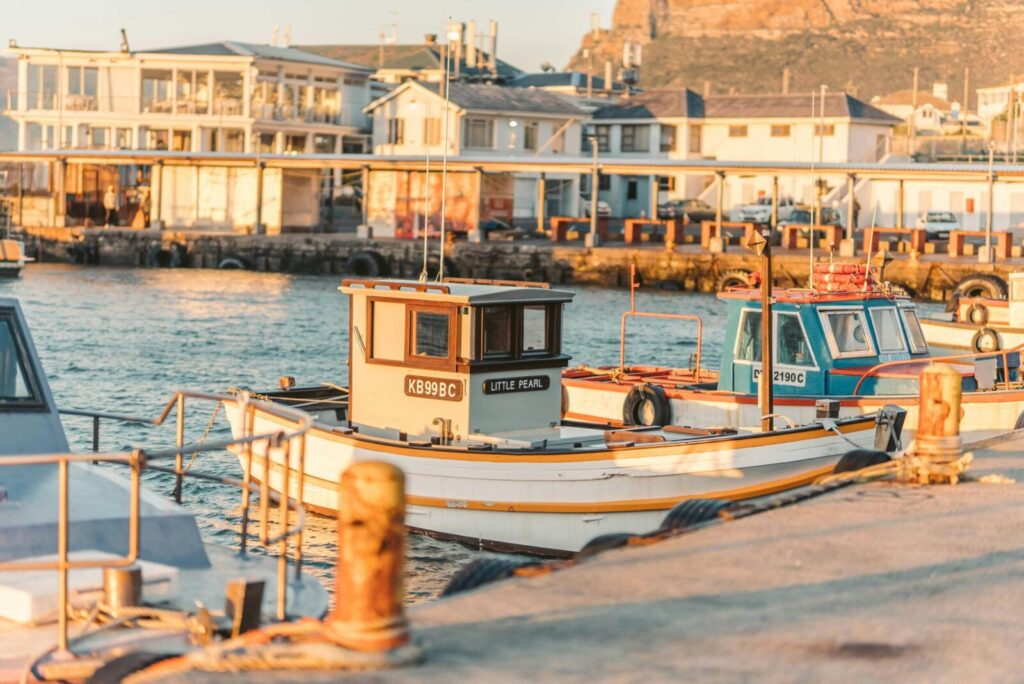
Port Royal was once a bustling port city known for its strategic harbor and economic prosperity. However, a powerful earthquake in 1886, followed by hurricanes and coastal erosion, left much of the town uninhabitable. Over time, residents fled inland, leaving behind remnants of docks, foundations, and historic buildings swallowed by the sea. Despite its tragic end, Port Royal remains part of Southern folklore, symbolizing both the vulnerability of coastal settlements and the resilience of communities that rebuild. Today, parts of the original town are submerged, serving as a silent underwater museum of the past.
5. Indianola, Texas
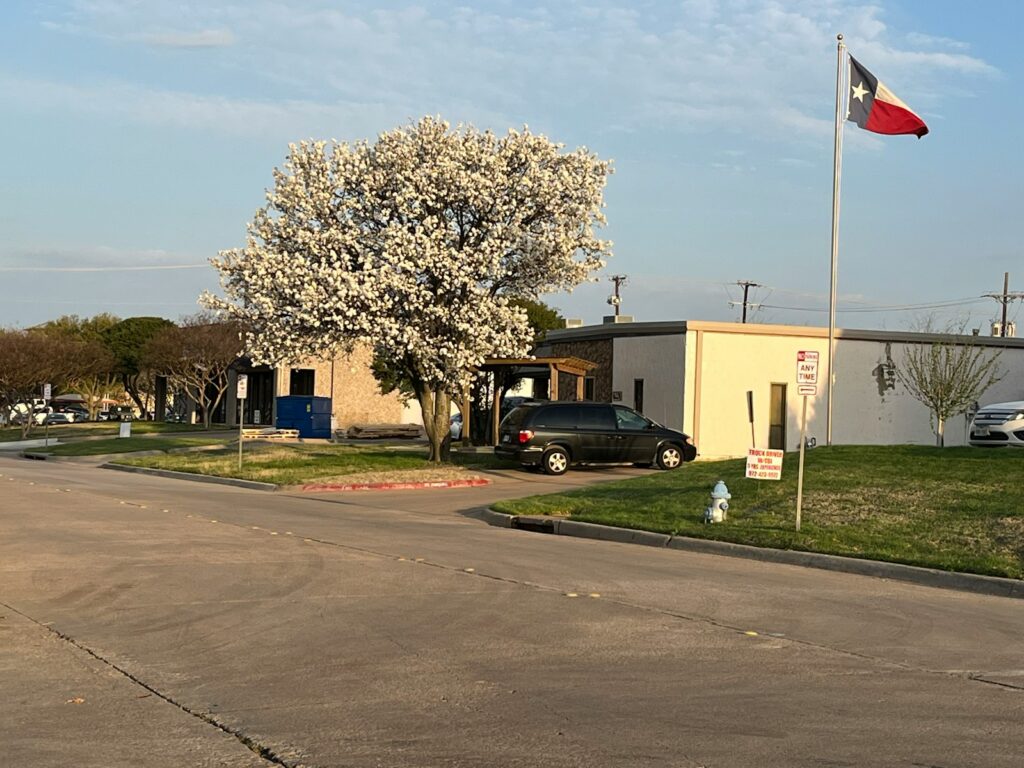
Indianola was once one of Texas’s most promising port cities, rivaling Galveston in trade and growth during the 19th century. However, two catastrophic hurricanes in 1875 and 1886 destroyed nearly every structure in the town. After repeated devastation, survivors decided not to rebuild, marking the end of Indianola’s short-lived prosperity. Today, only scattered ruins and historical markers remain along the Texas coast. The story of Indianola serves as a reminder of nature’s unpredictability and how even the most thriving communities can vanish when faced with unstoppable storms and the relentless force of the sea.
6. Ben Ficklin, Texas

Established in 1873, Ben Ficklin served as Tom Green County’s seat and a key stop for stagecoaches traveling west. The town prospered briefly until a massive flood struck on August 24, 1882, when the Concho River overflowed after torrential rains. Nearly all of Ben Ficklin’s buildings were destroyed, and more than 60 residents died. Survivors relocated upriver to San Angelo, which soon became the new county seat. Though the Ben Ficklin cemetery still exists today, the town itself never recovered. Its tragic history remains a testament to the dangers of settling too close to unpredictable waterways.
7. Bayou Corne, Louisiana
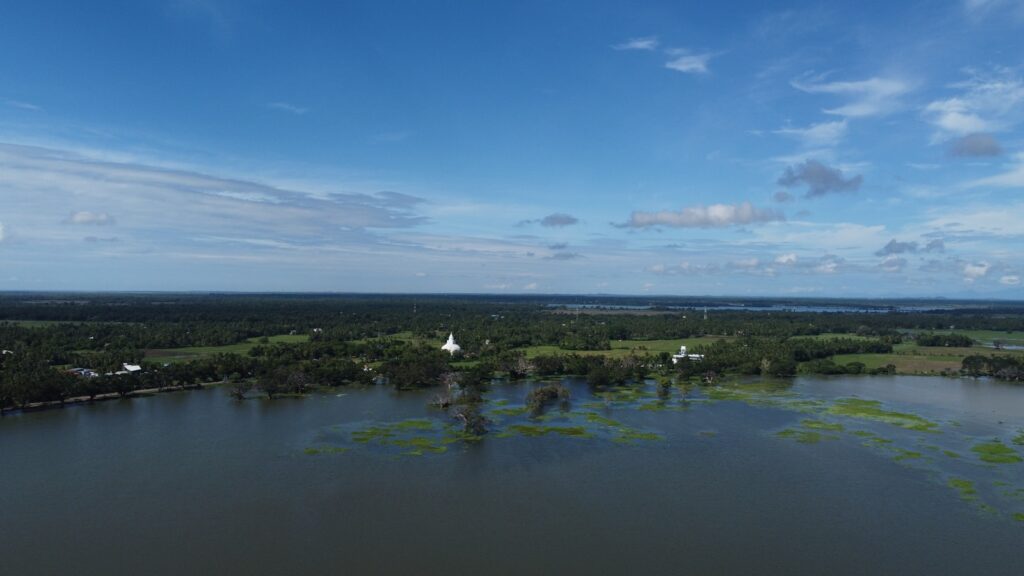
Bayou Corne was a peaceful Louisiana community surrounded by swamps and natural beauty until 2012, when a massive sinkhole opened nearby, swallowing trees, land, and parts of the town. The disaster, caused by a collapsed underground salt dome, forced residents to evacuate permanently due to safety concerns. What was once a quiet, tight-knit neighborhood quickly turned into a ghost town. The site remains unstable and off-limits, a chilling reminder of how human industry and nature can collide. Bayou Corne’s story stands as one of the most recent examples of a modern Southern town lost to environmental catastrophe.
Comments